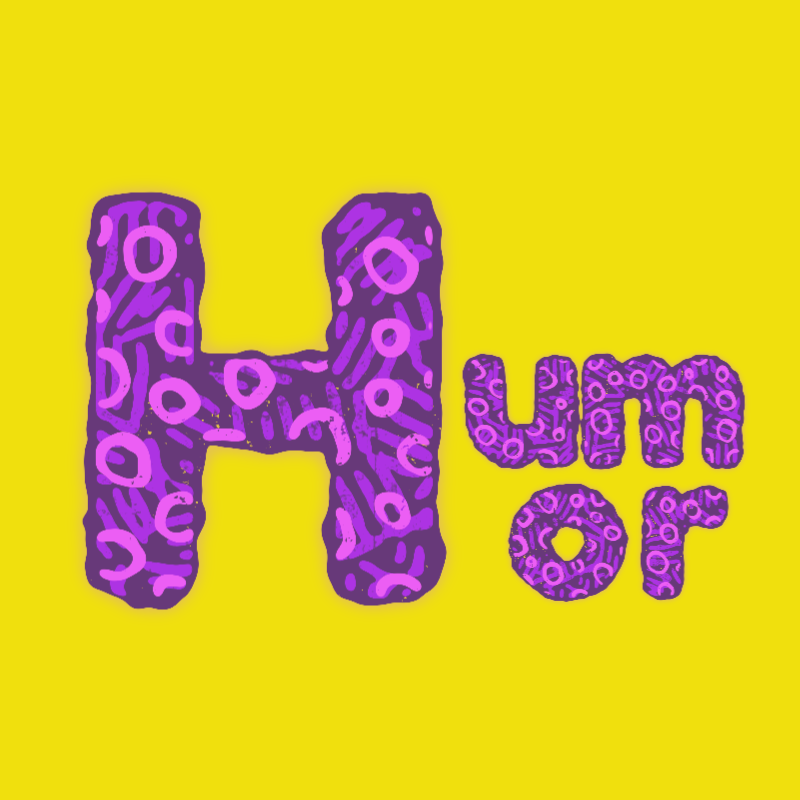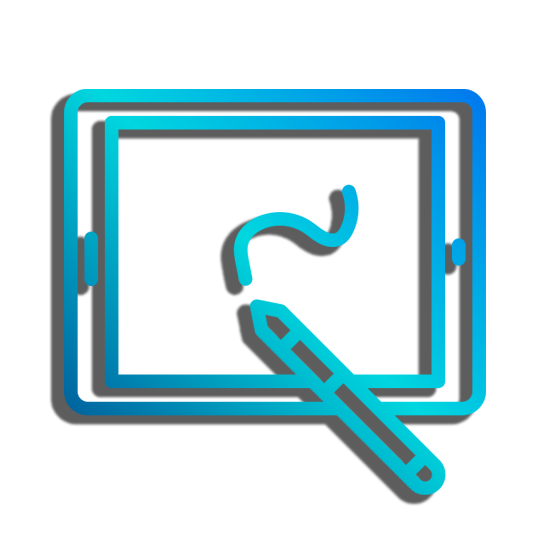

If you drive the same roads every day, you can start to pick up on the pattern and timings. It’s when it turns yellow in those times you feel almost too close to stop comfortably but too far to feel you’ll make it that people will “squeeze the lemon” and accelerate through that yellow light, not that I recommend it.
Also glad I don’t have to drive anymore.









I live in Japan, and of course there are formal ways to say everything, but in formal and polite situations, people actually try to avoid saying ‘you’ (anata, 貴方) as much as possible. Because even that can feel too personal. I only see it in writing that addresses the reader indirectly, like in surveys.
If you do address or refer to them, you typically use their title/position (e.g., ‘sensei’ for doctors and teachers, ‘Mr. President’), or name and appropriate honorific (e.g., Tanaka-san).
P.S., a lot of what might’ve been archaically formal and polite ways to say ‘you’ have become ironically rude and/or condescending. Like, ‘KISAMA!’ (貴様), kimi (君) (sovereign/lord), onushi (お主) (lord).